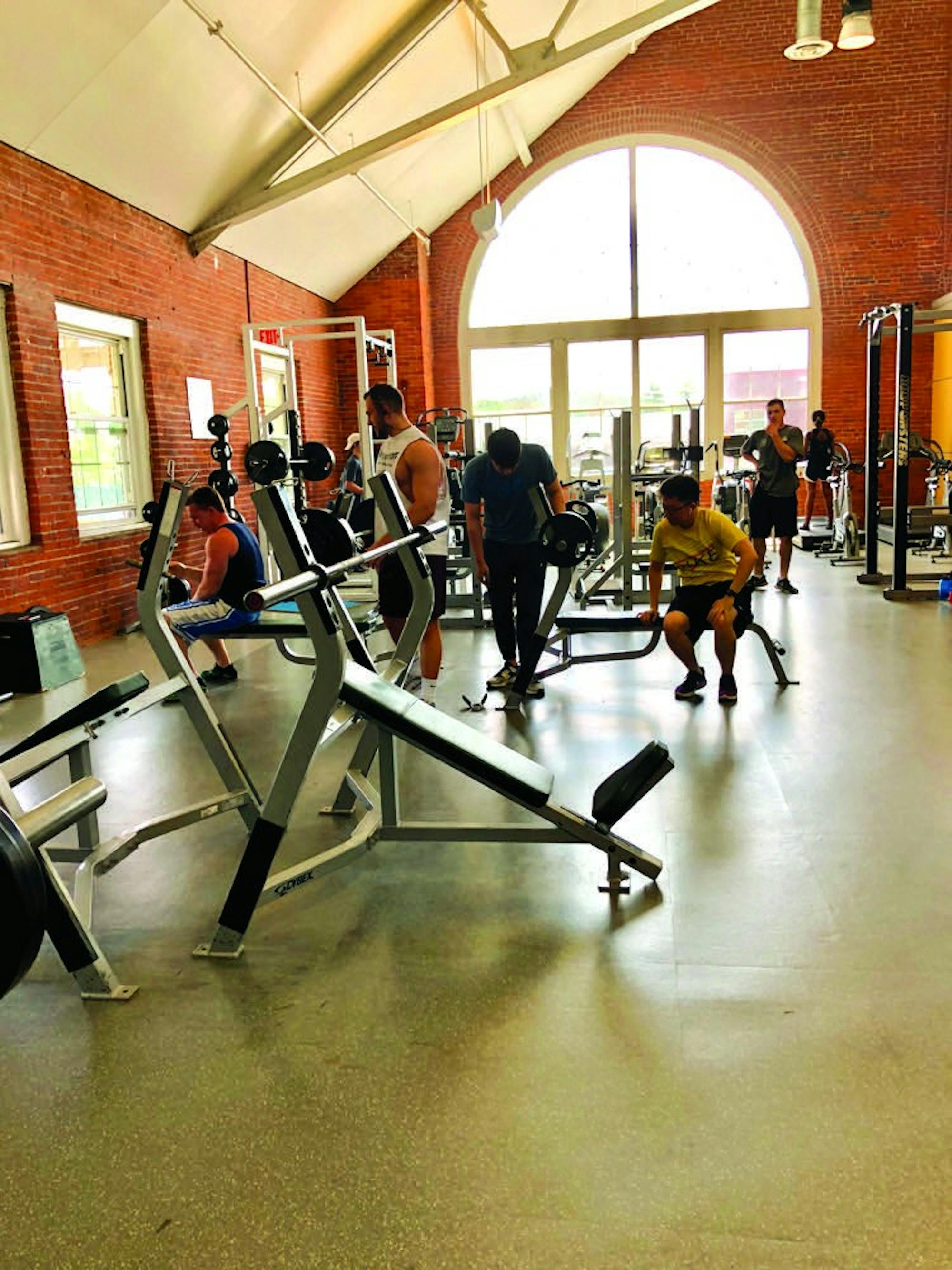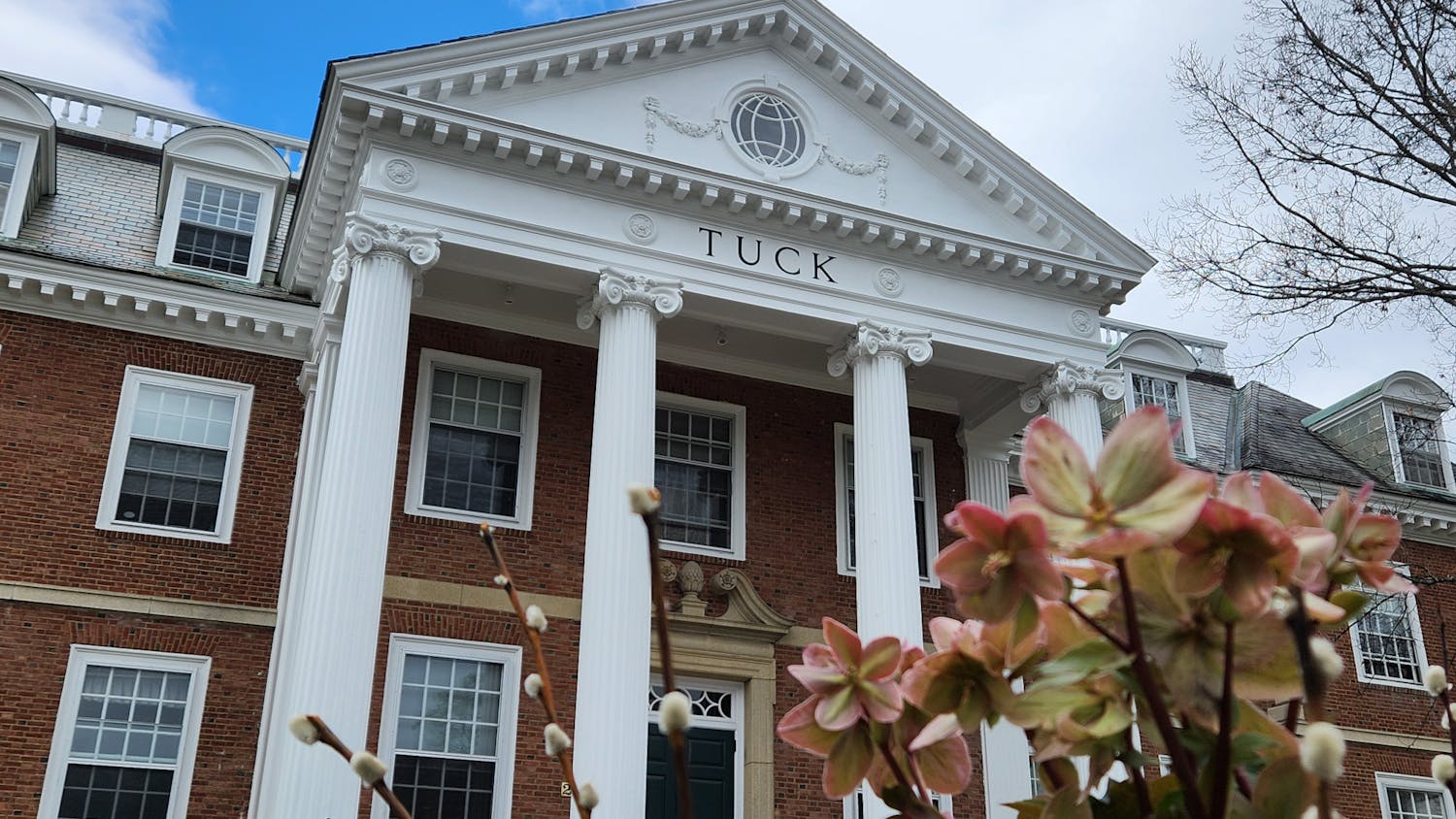On any given morning, as I walk to my 9:00 a.m. class, I have a 50 percent chance of running into — that is, physically colliding with — someone running on the sidewalk. Dartmouth’s campus is filled with people being active, running, biking and playing frisbee on the Green. The weather barely registers; you’re just as likely to see someone jogging in the rain as in the 80 degree sunshine. It’s undeniable that Dartmouth’s student body is an unusually athletic one, with 75 percent of undergraduates participating in sports. With such an athletically-involved campus, I looked into whether or not the college’s active culture affects the body image of the men of Dartmouth.
Shawn Lee ’19 participates in intramural sports on campus and noted that Dartmouth does in fact have an unusually high percentage of student athletes. According to Lee, because of the large number of athletes, there is an influence on body image, although perhaps not an overt one.
“Even if people don’t actively think about it, it does change the way we see body image,” Lee said.
On the subject of specific body image standards at Dartmouth, Lee said that the pressures and standards are about on par with stereotypical expectations regarding health and fitness.
“Maybe it is magnified by the fact that, being in college in an isolated area, almost everyone we see is pretty young, but I don’t think the pressure is any different,” Lee added.
Anthony Law ’19 agreed that Dartmouth’s body standards for men are reflective of society.
“In general, society has certain standards about masculinity and male body types that have been ingrained in American society,” Law said. He added that Dartmouth’s body standards may, however, be more reinforced than elsewhere, as people are more likely to engage in athletics if other people in their peer group are involved.
Law also cited the influence of fraternities as male-dominated spaces that may be part of upholding male body standards at Dartmouth. The close affiliation of some fraternities and sport teams results in different ideal body types and thus different standards. In contrast, Lee said that with his fraternity, he doesn’t feel pressures with regards to body standards.
The intersection of sports and body standards, however, does add a layer of complexity to the discussion. Participating in sports requires a certain level of fitness; a body equipped to participate is the basic expectation at Dartmouth, according to Law. However, what makes a body suitable for athletics?
“It’s obviously sport dependent,” Lee said. “There’s usually an ideal ‘textbook’ athlete for each sport.” For example, a fencer may be expected to be leaner and faster, whereas a rower may focus on upper body strength.
“In American culture, sports are seen as a very masculine thing, and in order to perform well you do need to have elements of that masculinity,” Law said. He reasons that for sports, body standards are not only for looks but also for performance. To build the necessary physique for a sport, athletes may engage in “bulking” and “cutting.”
Hershel Wathore ’21, a member of the Dartmouth powerlifting team, explained these terms as gaining muscle versus losing fat. The practice of bulking is meant for athletes to rapidly gain muscle and is often done in order to boost strength.
“In order for someone to gain muscle, they need a caloric surplus,” Wathore said. For this reason, people who are bulking will eat more food. He explained that, when bulking, people will do a large number of repetitions for each individual exercise. This, alongside eating excess calories, ultimately builds muscle, but also causes overall weight gain, including some increases in fat. This behaviour is perhaps the most recognizable face of men’s body standards.
On the flip side, there’s cutting, which is commonly done after a period of bulking. Wathore explained that the goal of cutting is to lose fat, creating muscle definition. Often, however, a side effect of cutting is some loss of muscle. When cutting, athletes will continue to exercise while reducing the amount they eat, consuming less calories and burning fat simultaneously. Ideally, this is done over a relatively long time period, so as to minimize the loss of muscle; if cutting is done rapidly, more muscle is lost, according to some in the fitness world. Cutting also has some amount of danger associated with the low body fat that is its goal.
“If you’re at 13 percent body fat, you’ll be lean, but professional bodybuilders go to six or seven percent body fat, which is very unhealthy,” Wathore said. While professional bodybuilders are outliers, it’s important to monitor health when engaging in any weight loss and weight gain.
Responses to the behaviours of cutting and bulking varied. Wathore says that many athletes engage in the practice to some extent, but “not to the extreme level some bodybuilders do.”
According to Law, it’s more important to focus on being healthy, of which physical fitness is a part.
“You don’t want to be put in a position where you’re actually putting your body in harm for the pursuit of this ideal body type or fitness,” Law said. Luckily, it seems that overall, Dartmouth students have healthy habits regarding the maintenance of their health and bodies.




